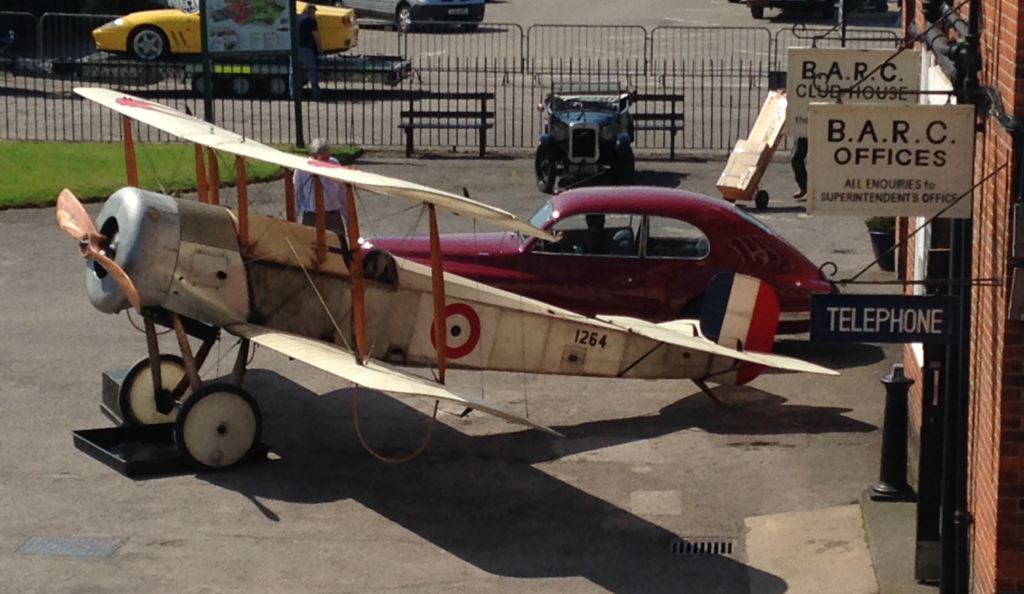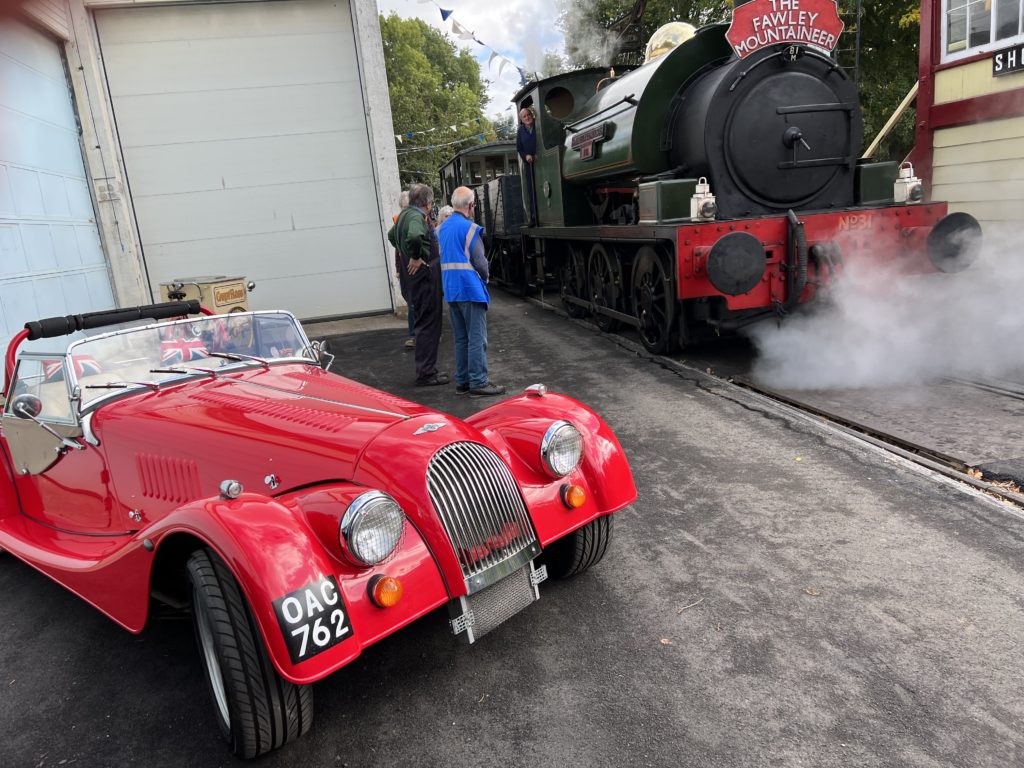Blog from Keith Gibbins (Trustee, National Transport Trust), on the future of heritage.
Shared in the lead-up to The Heritage Alliance’s Heritage Debate 2022: Heritage in 20 years.

Heritage in 20 Years: what will matter most?
I would propose that the most important issue is maintaining the status that recognises mobile heritage as a significant and worthwhile element of the global tangible and intangible heritage scene.
Mobile heritage is defined as that part of heritage[1];
- Which is represented by objects created for the purposes of transporting people or goods or providing mobile capabilities, whether on land, on water or in the air, for pleasure, commerce, defence or competition, together with their associated infrastructure; and
- Whose design and manufacture illustrates and encourages historical interest in past technology, lives and events;
- This encouragement and illustration may be effected through both static display and illustrative use
This status would have been achieved following the mobile heritage global recognition of the United Nations Sustainable Development Goals (SDG’s) and the implementation of a sustainability policy[2] across the whole sector.
This would be strengthened by the strong relationship with UNESCO that amongst other things would have seen multiple examples of patronage and intangible cultural heritage recognition for mobile heritage events. This would be both at national and international level within UNESCO.
The argument is the cultural importance of maintaining working industrial and mobile heritage[3] will enable the core needs of the movement to be met.
The primary need as viewed in 2022, is keeping sources of fuel available whilst minimising the impact on the environment.

The power of culture can be a key driver in persuading the powers that be in government and across the population to enable the technical requirements to be met.
This calls for a balance between the historic value of the global transport that so changed life in the 20th century (which since it moved should be kept mobile) and the needs to minimise pollution in the 21st century.
For example, as currently viewed, coal supply is an issue. On one side moves have been made to phase out the use of “the dirtiest of the main fossil fuels” by 2050[4]. On the other side, the heritage rail, road and boat leisure sectors offer both well-being and financial benefits to society.
A potential and creative solution could be to redefine a number of coal mines as working fossil museums. Whose outputs would keep the industrial heritage functioning.
For internal combustion engines, investment is being made in E-fuels that could minimise pollution. This is being monitored by the historic vehicle organisations.
To succeed with this strategy, the mobile heritage groups will need to continue to work closely with a wide range of major heritage organisations.
These include:
- UNESCO
- ICOMOS
- TICCIH
- Climate Heritage Network
- Europa Nostra
- The European Green Deal
- Within the USA the Library of Congress (see – 2020 National Historic Vehicle Register Inductees Reveal | HVA)
- Within the UK the members of the The Heritage Alliance, particularly the National Transport Trust!
The mobile heritage movement around the world consists of millions of enthusiasts, who are members of clubs and federations can, with the approach listed above, have a strong prospect of maintaining a viable cultural asset for the balance of the 21st Century and beyond.

[1] Source: National Transport Trust. Original text included “England, Scotland, Wales & Northern Ireland”. For this paper I am taking a global perspective
[2] See FIVA Guide for responsible use of historic vehicles (current for road vehicles): FIVA_guide_EN.pdf
[3] See WIMH working group paper “Industrial & Mobile Heritage and Fossil Fuels” (copy to THA)
[4] COP26
– Keith Gibbins (Trustee, National Transport Trust)
All images in this blog are from the National Transport Trust.

Explore other perspectives on ‘Heritage in 20 Years: what will matter most’ over on our event page for Heritage Debate 2022.

